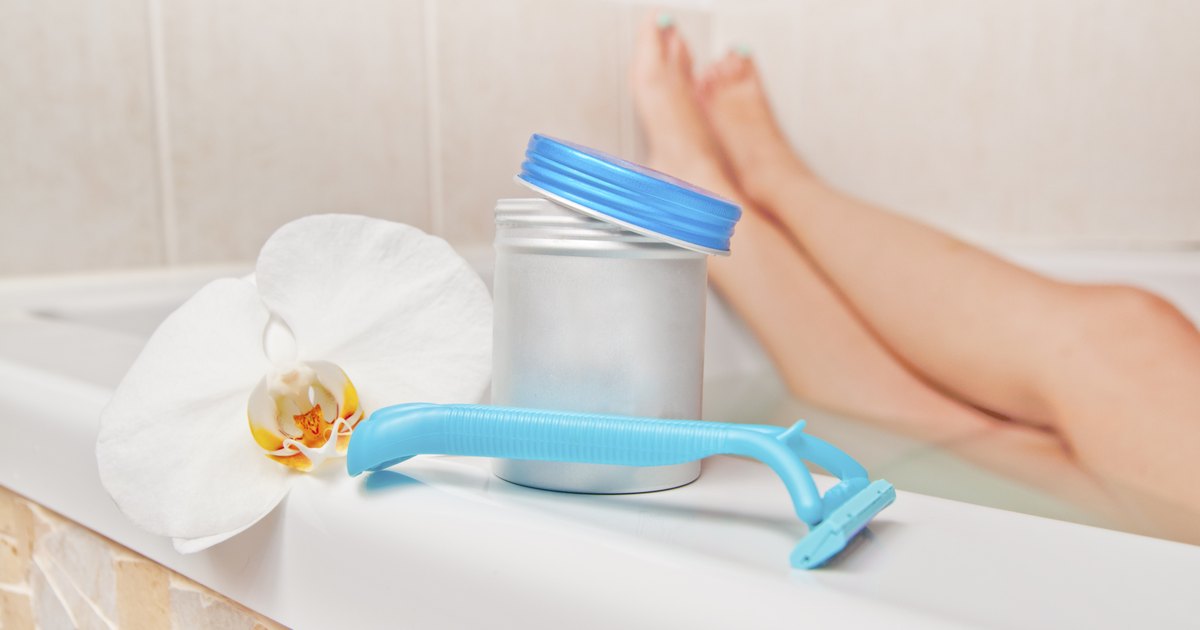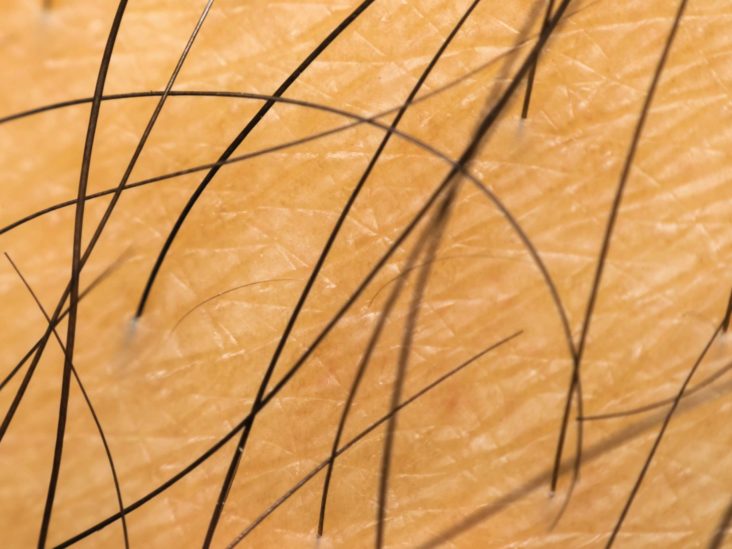Table Of Content
Consulting a healthcare professional ensures that the correct diagnosis is made, leading to the accurate treatment. Some extra hair growth may occur in those who have higher than average levels of sex hormones [3]. But if it doesn’t, you could have an infection (which can cause pus to form), darkened skin, scarring, pain or itching. No matter the type of ingrown hair you have, you’ll experience at least some pain in the process. How much pain will vary depending on the type and severity of your ingrown hair. Here at hanni, we know that ingrown hairs are totally a big deal — and we know how to stop them.
Charitable Care & Financial Assistance
Apply rubbing alcohol to your surrounding skin to prevent an infection. Then, carefully thread the sterile needle, pin or tweezers through the exposed hair loop. Gently lift the hair loop until one end releases from your skin. Each strand of hair grows in a follicle beneath the skin. When people wax or shave, they only remove the strands of hair, not the follicles. It will not have a visible head and may be red, white, or yellow.
Book an appointment with your doctor.
An Honest and Candid Review of Fur Oil – PureWow - PureWow
An Honest and Candid Review of Fur Oil – PureWow.
Posted: Mon, 28 Aug 2023 07:00:00 GMT [source]
They may look like small flesh-toned or red bumps, similar to pimples. However, if a bump becomes too itchy or painful, there are a variety of home remedies that people can use to help them heal. When the tip of a pubic hair folds back into the skin at the root, an ingrown hair can result. It can lead to a painful bump where the hair may be visible underneath.
About This Article
Ingrown hairs in the pubic area usually appear as tiny, red bumps or pustules that might be encircled by irritated or inflamed skin. These bumps can look like pimples or boils and may lead to discomfort or itching. Occasionally, one might notice visible hair follicles trapped beneath the skin's surface, suggesting the presence of ingrown pubic hairs. It is called ingrown hair, when hair grows sideways or curls back into the skin instead of growing out.
Removing the Hair
Whether you shave, wax, epilate, sugar, or tweeze, odds are you've likely encountered an ingrown hair or two in your lifetime. While very common, these pesky bumps are still a nuisance. Plus, when they're in places such as the pubic area and near your vulva—where skin is more delicate and sensitive—they can be painful, too.
ingrown hair pubic area: causes, prevention, & relief

Seeking medical advice ensures that individuals receive the appropriate diagnosis and treatment, leading to effective healthcare management. It’s a proactive step in taking control of one’s health and well-being. An ingrown hair occurs when a hair that you've shaved, waxed, or plucked grows back into your skin. This can cause red, swollen, and infected hair follicles. Ingrown hairs most commonly occur in places where you often remove hair, such as your face, neck, underarms, legs, and around your bikini area. Symptoms include "razor bumps," swelling, tenderness, and itching.
It’s no secret that disposable plastic razors aren’t great for your skin (or for Mother Earth, btw). Using a dull or dirty razor can give you more than razor bumps – it can lead to unwanted ingrown hairs. Infected ingrown hairs can also manifest as papules, which are small, solid, raised bumps that may be red or pink in color. Infected ingrown hairs can vary in severity and appearance.
What is an ingrown pubic hair cyst?
Ingrown hair and staph infection: Symptoms, causes, treatment - Medical News Today
Ingrown hair and staph infection: Symptoms, causes, treatment.
Posted: Wed, 21 Jul 2021 07:00:00 GMT [source]
For those who prefer being completely bare downstairs or who like the look of a perfectly groomed landing strip, ingrown pubic hairs seem like a fact of life. Still, you might think a few cherry-red, itchy bumps here and there are worth the fuzz-free bikini line and ability to feel like your most confident self. Though these conditions look somewhat similar and can both be unpleasant, true folliculitis is specifically an infection of the hair follicle. If a hair picks up a bacteria from the skin’s surface before reentering, pseudofolliculitis can cause true folliculitis. In this article, we’ll talk about what causes ingrown pubic hairs, what you can do if you have one (even if it’s infected!), and how to prevent them from happening.
Can you prevent an ingrown hair cyst?
It’s also important to keep the area clean and moisturized. Your health care provider will be able to help treat the infection and provide advice about preventing future ones. Other hair-removal methods, such as waxing or tweezing, can lead to ingrowns, too. Most hair shafts will grow up through the skin without causing any problems.

Instead, gently scrub the area with warm water and soap. This can help ease the ingrown hair out of the skin on its own. For a severe infection, they can prescribe medication to treat it and coax the hair out. For example, prescription steroid creams can reduce inflammation, and prescription-strength antibiotic creams can treat the infection. For some, effects can last shorter and for others longer. After getting a bikini wax you may have smooth skin for up to eight weeks.
Possible treatments for razor bumps include keeping your skin moisturized and discontinuing shaving, which allows your ingrown hairs to grow out. Irritation or discomfort may accompany the treatment of ingrown hairs. Hair becoming caught under the skin causes irritation and pus-filled blisters, which can be very uncomfortable. Although it is common for the pain and suffering to be confined to the affected area, especially after shaving, it can also occur in scalp, legs, armpits, axis pubis chest, nose. Ingrown hairs typically appear individually, each centered over a hair follicle. In contrast, herpes blisters tend to form clusters, with multiple blisters close together.
Razor bumps that emerge after shaving, known as pseudofolliculitis barbae, can become pustules, papules, or cysts resulting from ingrown hairs. While some cases resolve on their own, there is a possibility of infection, which requires treatment. And remember, ingrown pubic hairs aren't happening on a tough-as-nails part of the body, but a sensitive — and intimate — one, and how you treat this skin should reflect that. "People can't be as aggressive with their vulvar skin as they are with the skin on their arm, or their leg, or their elbow," she says. It’s often better to wait patiently, as most ingrown hairs resolve themselves in time, eventually emerging from the skin on their own.
Nearly 1 in 5 American adults has the more common HSV-2. This is when the boils are clustered together to form an area of infection. You can help the process along with a simple home remedy. Just apply a warm, clean washcloth as a compress to soften your skin, which can help move the hair to the surface of the cyst.
Razor burn, an uncomfortable skin irritation that can happen after you shave, may also cause small bumps and blisters in the genital area. Ingrown pubic hair presents a frequent and bothersome issue, yet it can often be effectively controlled with appropriate oversight and intervention. Simple home remedies like gentle exfoliation and warm compresses can provide relief, while more severe cases may require medical intervention. Practicing good grooming habits and getting professional help to prevent complications like infections or scarring is necessary.

No comments:
Post a Comment